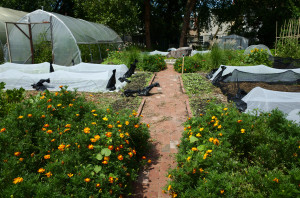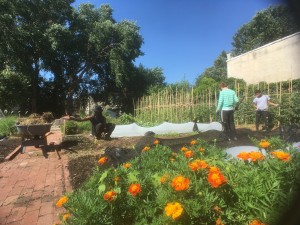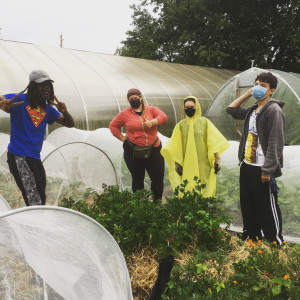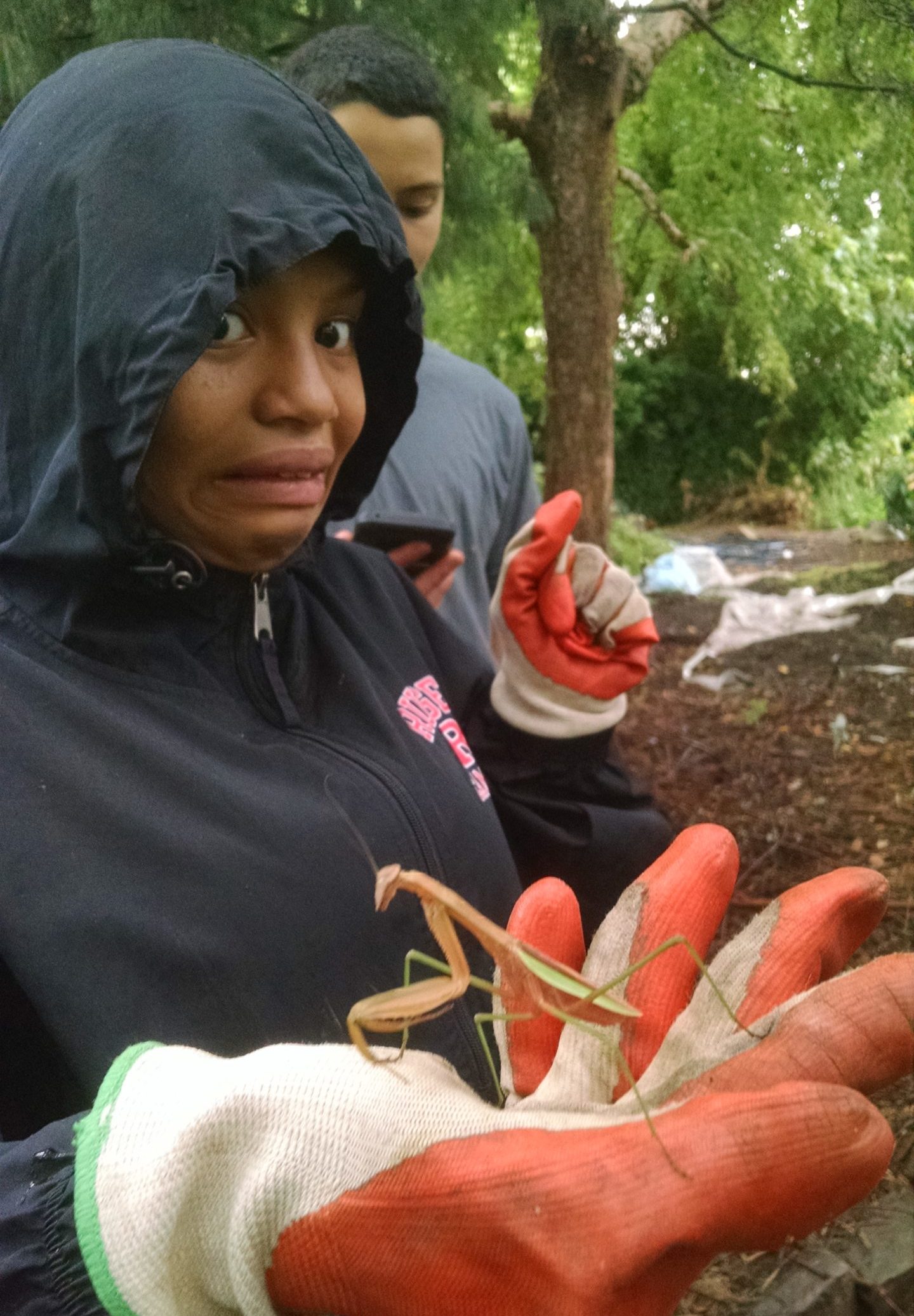Report out of our COVID-19 Response Efforts
By Britani Nestel, Wellness Coordinator
While Covid undoubtedly created significant challenges for all of us, it also created unique opportunities for the Center for Environmental Transformation to shift and expand to more readily meet the needs of our surrounding neighborhood. Through the flexibility and hard work of our staff, and the generosity of our funders, CFET was able to use the challenges created by Covid to put more practically into action the transformative community engagement ideals we espouse.
One primary way in which we shifted was to focus the majority of our attention to growing and distributing as much produce as we could to help alleviate some of the profound financial stress caused by the pandemic. To that end, we redesigned one of our gardens, Eve’s Garden, to include 7 new 20 foot growing beds. In addition, we built trellises and problem solved how to grow in previously unusable spaces such as behind the exhaust fan of our greenhouse. As a result, we doubled the amount of produce harvested so far this year, approaching 2,000 pounds.
Instead of our usual 6 weeks of Farmer’s Markets, we were able to extend it to 12, and hope to host even more next year. We continued to offer our high quality, chemical-free produce at $1 a bunch or pound, and acquired an EBT machine we can use next season to make our markets accessible to even more people. We also were able to hire one of our former youth, Dimitrius, to fill the new role of Farmer’s Market Manager.
In addition to growing, selling, and donating our own produce, we also sought to empower and support Camden residents in cultivating their own food. When it became evident early in the season that a prominent local garden that usually offers seedlings could no longer do so because of the pandemic, we worked hard to offer many more plants than typical for our yearly Seed & Seedling giveaway. Over 1000 seedlings and dozens of packets of seeds were given out to 40 Camden residents.
Likewise, we expanded our community gardening program and offered more growing space, along with seedlings and support, for local residents. We grew from 2 to 10 community gardeners this year, and hope to secure additional growing space somewhere nearby to free up many more plots for the neighborhood.
Our final, and perhaps most important shift, was altering the structure and nature of our youth program in order to maintain connection with our teenagers and their families. Safety protocols necessitated remaining nearly entirely outdoors, so instead of educational workshops and nutritional and cooking classes, we invited our youth to spend their time with us helping in the gardens and running our weekly Farmer’s Market. They helped us brainstorm how to help meet needs in the neighborhood, and even regularly walked around passing out free produce to neighbors. The youth, to their credit, willingly jumped on board with the new programming despite the loss of many of the more “fun” aspects, such as field trips and an annual sleepover. We all worked to be gracious and adaptable with each other during the uncertainty of this pandemic. We were able to havemany conversations with our youth about what was going on for them at home, and offer support and guidance where we could. The youth were also encouraged to take produce home to their families.
Ultimately, we feel grateful for our ability to have been useful in the small ways we could to our community. This past season helped us deepen many relationships we have with the neighbors around our garden, and allowed us to expand our reach. It has also caused us to refocus on the role we play in this neighborhood connecting people with natural spaces, providing a place for young people to grow, and helping provide access to fresh, healthy food.






